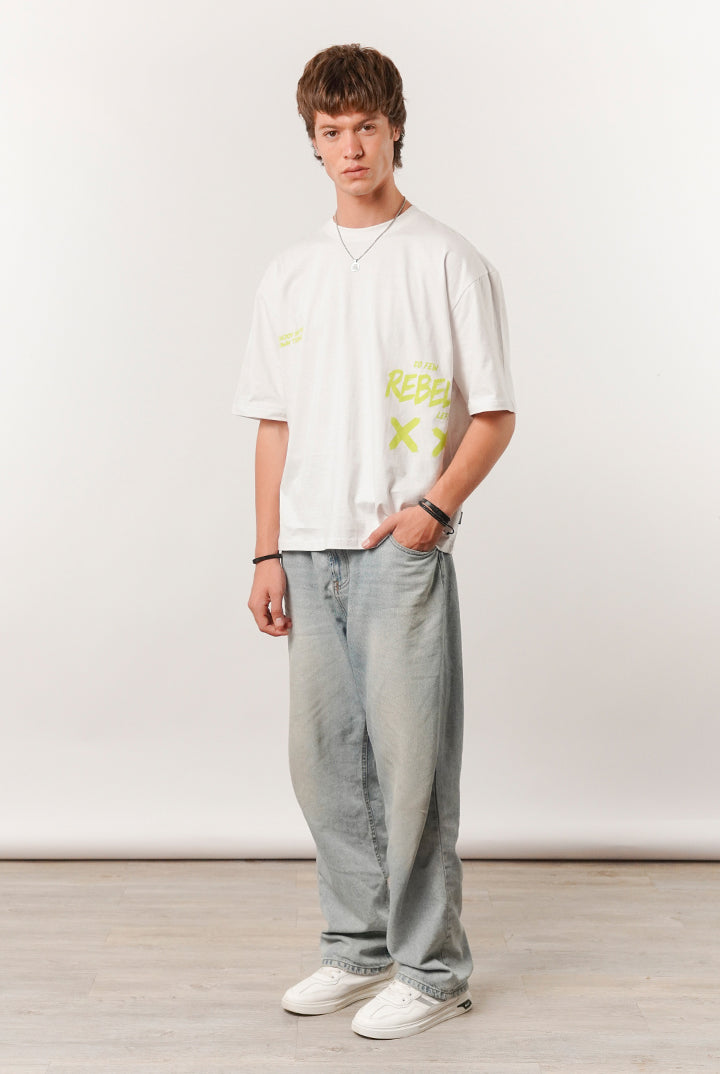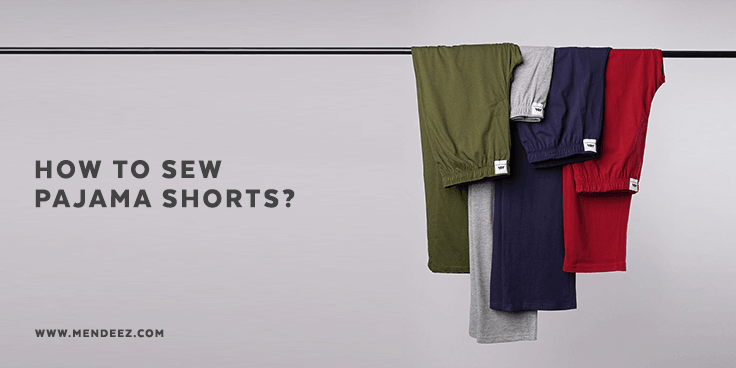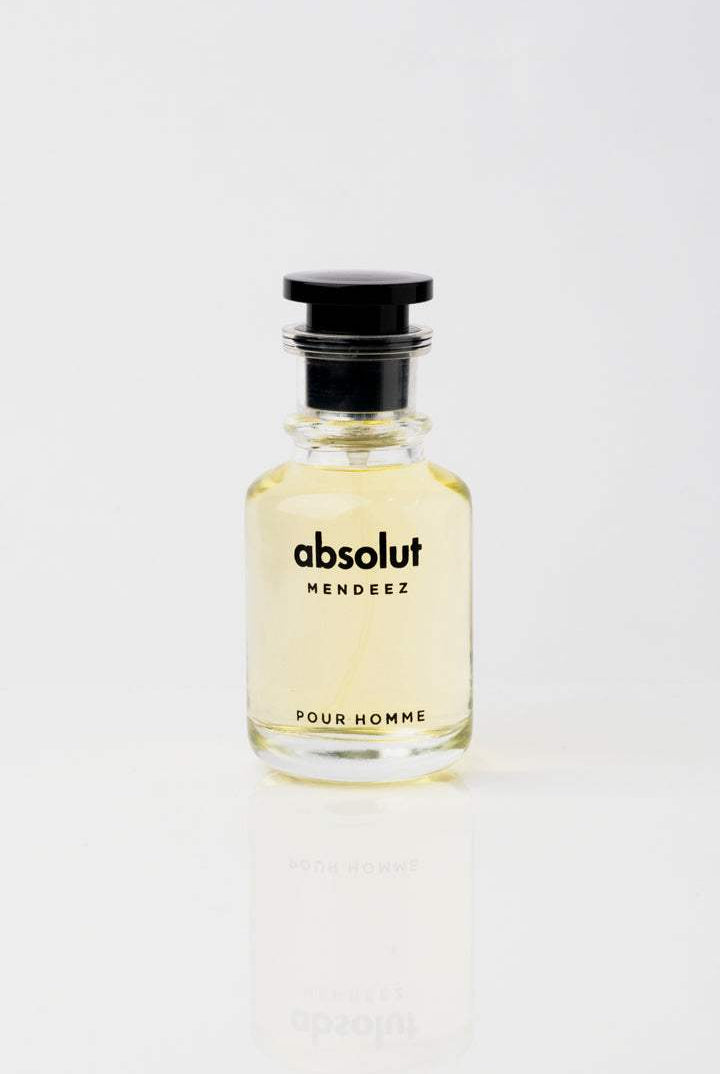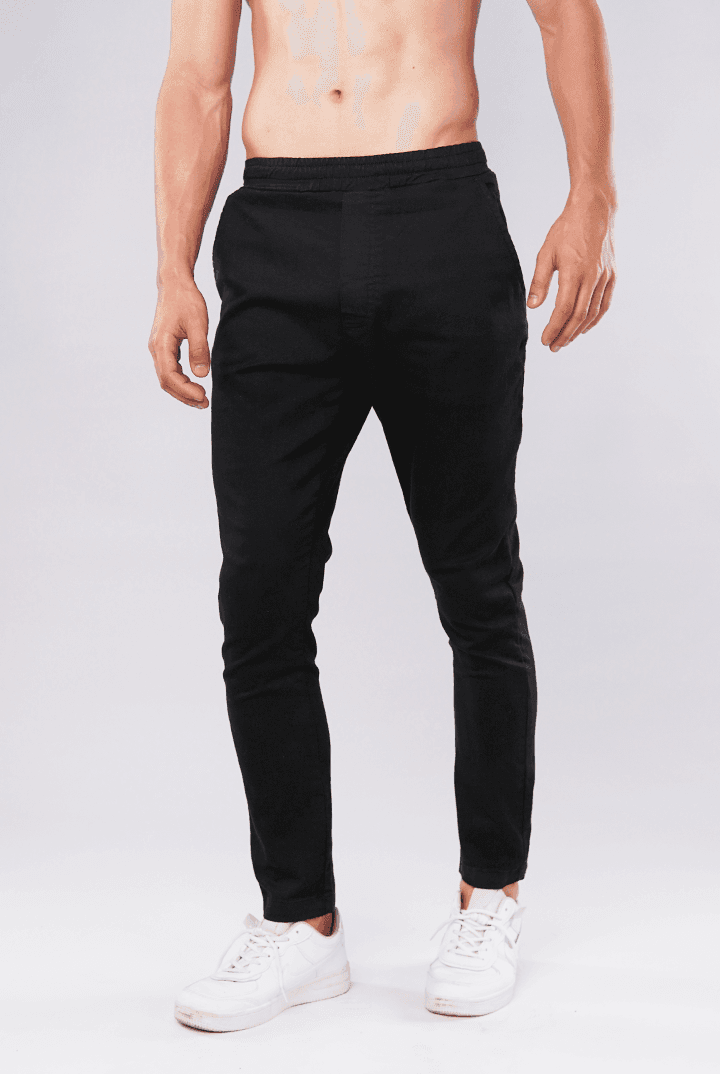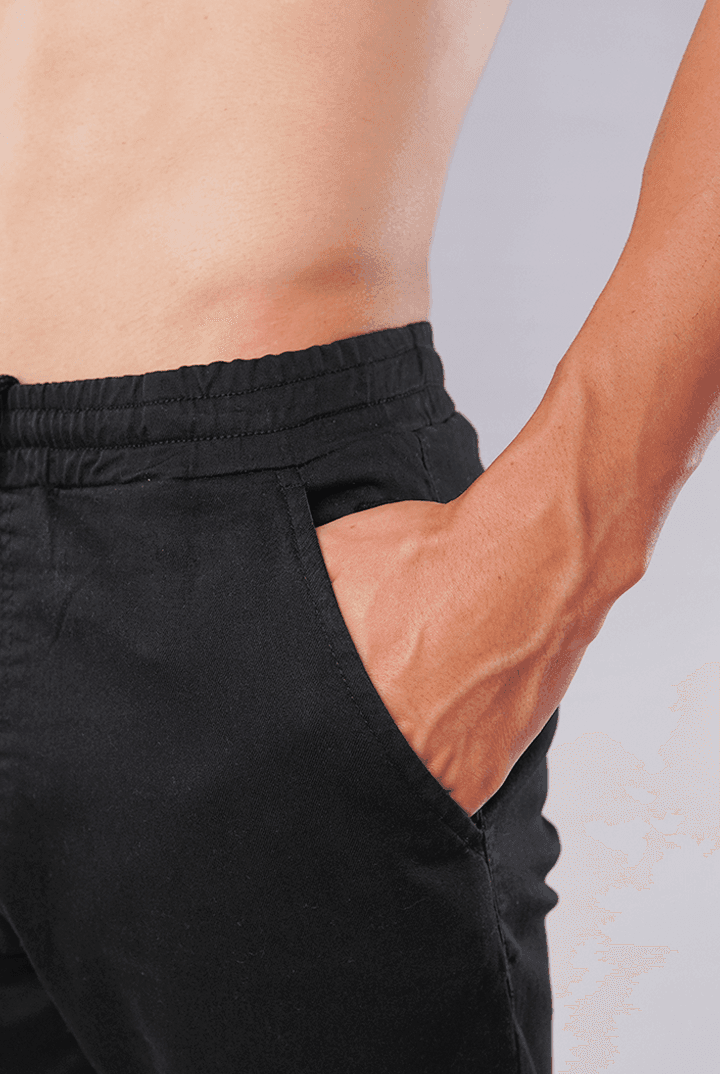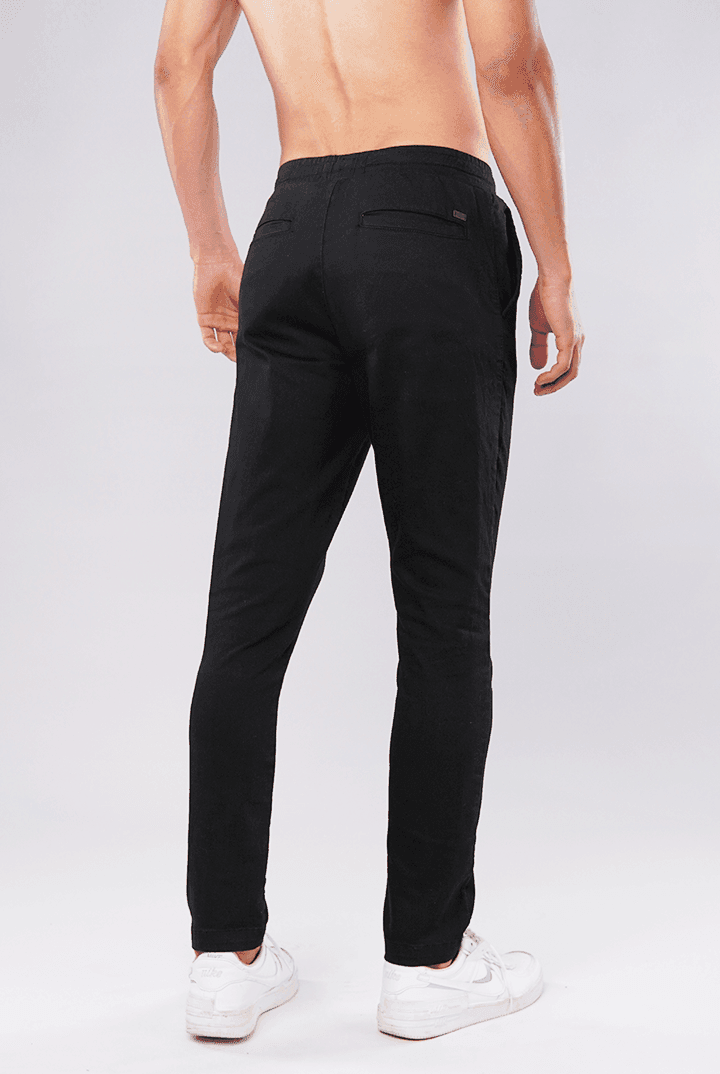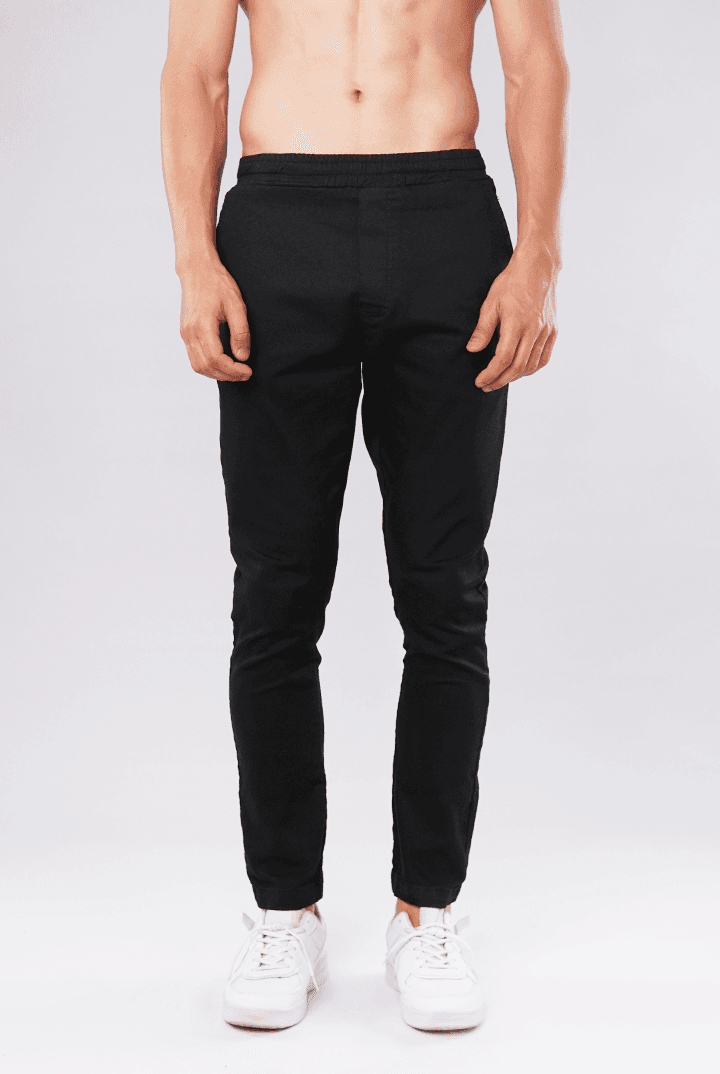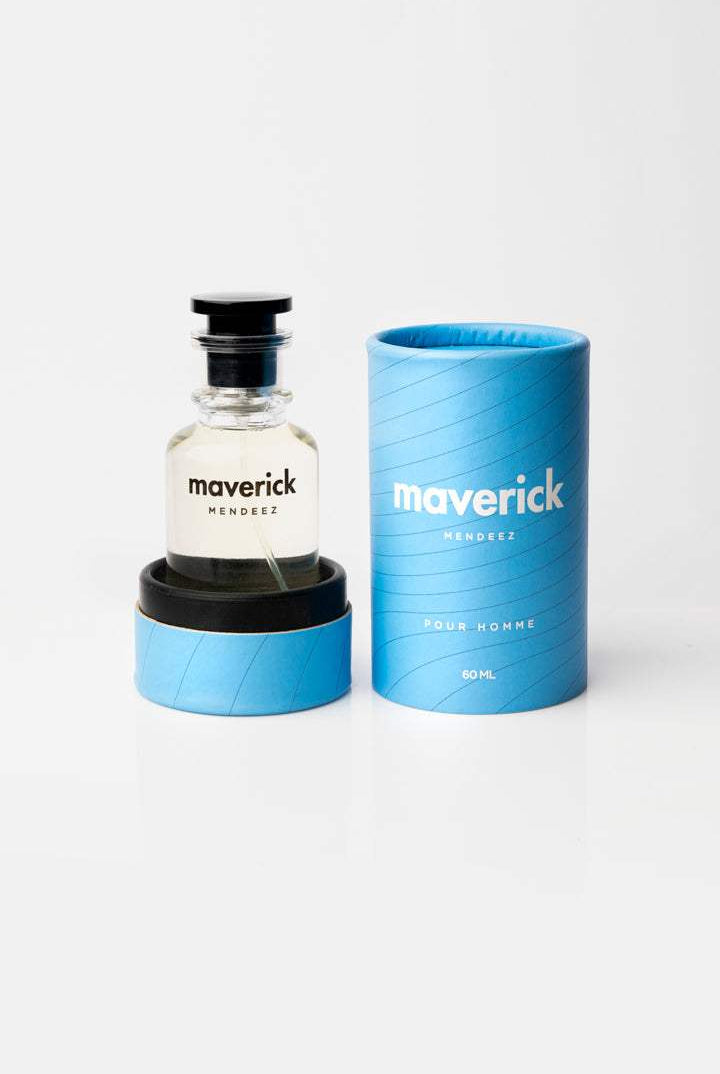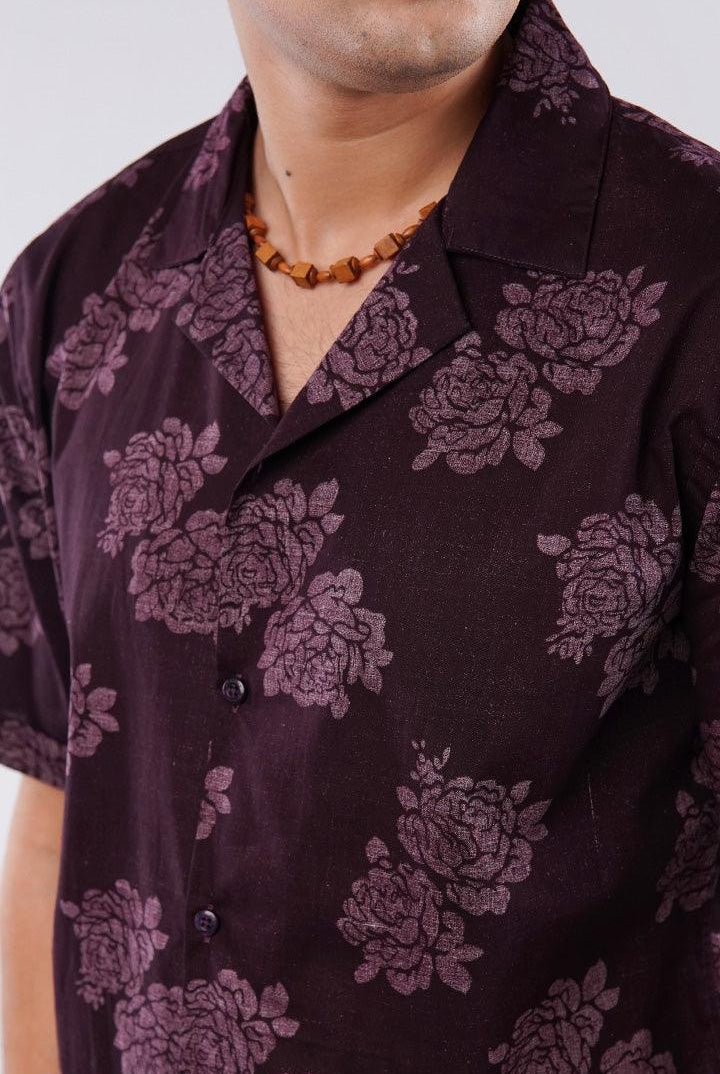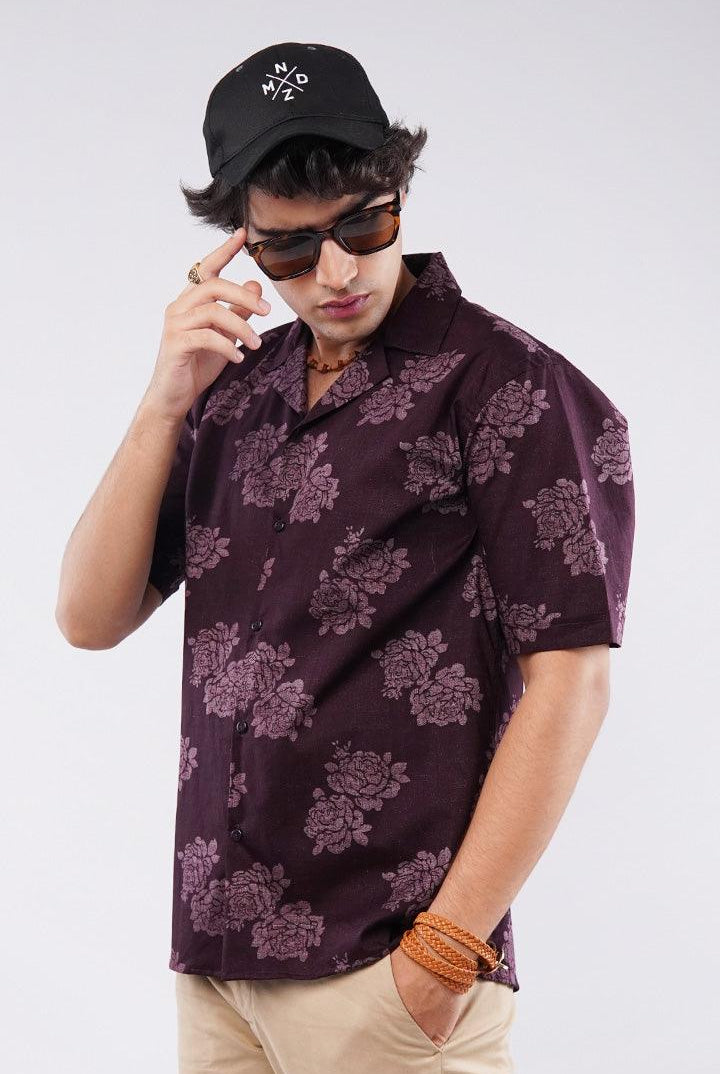Sewing your own cotton pajamas for mens Pakistan can be a rewarding and personalized experience. Not only does it allow you to choose the fabric and design that suits your taste, but it also provides a sense of accomplishment when you wear your handmade creation. In this guide, we will take you through the step-by-step process of sewing man jersey pajama & shorts for men, from selecting the right fabric to adding personalized touches.
Selecting the Right Fabric
Choosing the right fabric is crucial for comfortable men night suit Pakistan. Opt for breathable materials like cotton to ensure a good night's sleep. Consider factors such as softness, durability, and color options when making your selection.
Cotton:
Description: Cotton is a soft and breathable fabric made from natural fibres.
Advantages: Keeps you cool in warm weather, absorbs moisture, and feels gentle on the skin.
Good for: All-around comfort, especially in summer.
Flannel:
Description: Flannel is a warm and cosy fabric often associated with colder weather. It has a soft, brushed surface.
Advantages: Provides extra warmth, feels soft, and is suitable for cooler nights.
Good for: Fall and winter seasons.
Jersey:
Description: Jersey is a stretchy, knit fabric commonly used in casual wear.
Advantages: Offers flexibility, breathability, and a comfortable fit.
Good for: Lounging and casual wear, especially in moderate temperatures.
Silk:
Description: Silk is a luxurious, smooth fabric that feels cool against the skin. It's often associated with a more upscale look.
Advantages: Provides a sleek and comfortable feel, with a touch of elegance.
Good for: Special occasions or when you want a more sophisticated look.
Polyester:
Description: Polyester is a synthetic fabric known for its durability and quick-drying properties.
Advantages: Resistant to wrinkles, retains shape well, and dries fast.
Good for: Those who prefer easy-care and long-lasting fabric.
Modal:
Description: Modal is a type of rayon made from beech tree fibres. It has a silky and breathable feel.
Advantages: Offers a smooth texture, good breathability, and retains colour well.
Good for: Those who want a soft and comfortable option with a bit of luxury.
Taking Accurate Measurements
Before diving into the sewing process, it's essential to take precise measurements. Measure your waist, hips, and inseam accurately to ensure the shorts fit comfortably. Use a flexible tape measure and follow guidelines for accurate results.
Waist Measurement: Find the narrowest part of your waist, which is usually just above the hip bones. Wrap a measuring tape around your waist, making sure it's snug but not too tight.
Hip Measurement: Locate the widest part of your hips. Wrap the tape around your hips, making sure it's over the fullest part of your buttocks. Ensure the tape is parallel to the ground and take the measurement.
Inseam Length: Measure from the crotch seam (where the leg inseams meet) down to the desired length on your leg. This gives you the inseam length, which is the inner seam of the shorts.
Outseam Length: Measure from the top of the waistband down to the desired length on the outside of your leg. This gives you the outseam length, which is the outer seam of the shorts.
Rise Measurement: The rise is the distance from the crotch seam to the top of the waistband. Measure along the front or back, depending on whether you want the shorts to sit lower or higher on your waist.
Thigh Circumference: Measure around the fullest part of one thigh.
Choosing a Suitable Pattern
Explore various patterns available for pajamas online Pakistan. Whether you prefer a classic design or something more modern, choose a pattern that aligns with your style. Don't hesitate to customize the pattern for a tailored fit.
Fabric Matters: Consider the fabric based on the season. Light cotton or linen for summer and flannel or fleece for winter. Choose breathable fabrics to ensure comfort during sleep.
Length and Fit: Decide on the length you prefer - short, knee-length, or long. It depends on personal comfort. Opt for a relaxed fit for better movement during sleep. Avoid too tight or too loose shorts.
Prints and Colours: Pick colours that you like and find soothing for bedtime. Simple patterns like stripes, checks, or solid colours are timeless and versatile. Consider the preferences of the person wearing the pajamas for a personalized touch.
Waistband and Drawstring: Elastic waistbands provide flexibility and comfort. A drawstring allows adjustment for a secure fit and adds a decorative element.
Pockets and Details: Decide if you want pockets. Some people prefer pockets for convenience. Minimalist details like small embroidery or a contrasting hem can add a touch of style.
Theme or Interest: Choose a pattern that aligns with personal interests or hobbies. It could be something simple like a favourite colour, sports team logo, or a pattern related to a hobby.
Care Instructions: Easy-to-care-for fabrics make laundry less of a hassle.
Versatility: If you plan to use the shorts for lounging around the house as well, choose a pattern that doesn't look too much like sleepwear.
Reviews and Recommendations: If buying online, check reviews for comfort and durability. Ask for recommendations from friends or read about popular patterns.
Seasonal Considerations: For warmer seasons, lighter materials and breathable patterns are advisable. In colder seasons, look for warmer fabrics and possibly longer lengths.
Cutting Fabric and Preparing Pieces
Once you have your pattern, trace and cut the fabric pieces. Organize the components to streamline the sewing process. This preparation step ensures efficiency during assembly.
Stitching the Main Seams
Follow a step-by-step guide to stitching the main seams of the shorts. Use a sewing machine for efficiency, reinforcing stitches for added durability. Pay attention to seam allowances to maintain accuracy.
Adding Waistband and Drawstring
Attach the waistband to your shorts, ensuring a snug fit. Incorporate a functional drawstring for adjustable comfort. This step adds both practicality and style to your shorts.
Hemming the Shorts
Hemming is the final touch that gives your shorts a polished look. Learn different hemming techniques and apply them evenly to achieve a professional finish. Consistent hem lengths contribute to the overall aesthetic.
Finishing Touches
Before showcasing your creation, check for any loose threads or imperfections. Take pride in your well-crafted pajama.
Personalization Options
Get creative and personalize your shorts by adding pockets, embroidery, or unique design elements. This step allows you to infuse your personality into the garment, making it truly one-of-a-kind.
Troubleshooting Common Issues
Address common sewing challenges such as uneven stitches or fabric bunching. Beginners can benefit from these tips to avoid mistakes and achieve a professional-looking result.
Loose Waistband:
Problem: Pajama keeps slipping down.
Solution: Check the elastic band. If it's too loose, consider tightening it or tying a knot. If it's worn out, you may need to replace it.
Torn Seams:
Problem: Seams are coming apart.
Solution: If you can sew, mend the seams. If not, ask someone for help. Avoid pulling too hard on the fabric to prevent further damage.
Fading Colors:
Problem: Colors are fading after washing.
Solution: Wash shorts inside out in cold water. Use a mild detergent, and avoid bleach. This helps preserve the colors.
Uncomfortable Fabric:
Problem: Fabric feels scratchy or uncomfortable.
Solution: Wash shorts with fabric softener. Choose shorts made from breathable materials like cotton for comfort.
Lost Drawstring:
Problem: Drawstring is missing or lost.
Solution: Thread a new drawstring through the waistband or use a safety pin to guide it through. Tie knots at the ends to prevent future loss.
Shrinking Fabric:
Problem: Shorts are shrinking in the wash.
Solution: Read care labels and wash according to instructions. Consider buying a size larger if shrinkage is a recurring issue.
Pilling Fabric:
Problem: Fabric is forming small, fuzzy balls.
Solution: Wash inside out, use a fabric shaver to remove pills, and avoid washing with rough fabrics like towels.
Stuck Zippers:
Problem: Zipper is getting stuck.
Solution: Lubricate the zipper with soap or candle wax. Gently wiggle it back and forth to ease it open. Be cautious to avoid damaging the fabric.
Worn-out Elastic:
Problem: Elastic in the waistband is no longer stretchy.
Solution: Replace the elastic or consider adding a new one if possible. This can restore the snug fit of the shorts.
Incorrect Sizing:
Problem: Pajama doesn’t fit well.
Solution: Ensure you're buying the correct size. Check sizing charts provided by the brand. If in doubt, go for a larger size for a more comfortable fit.
Caring for Handmade Shorts
Extend the lifespan of your handmade shorts by following proper care instructions. Learn how to wash and maintain them to keep them looking and feeling great for a long time.
Benefits of DIY Sewing
Apart from the joy of creating your own clothing, DIY sewing allows you to express your creativity. Enjoy the satisfaction of wearing garments crafted with your hands, showcasing your unique style.
Showcasing the Final Product
Share pictures of your finished shorts on social media or with friends and family. Encourage others to embark on their DIY sewing journey, inspiring them to create their custom-made clothing.
Conclusion
Sewing pajama shorts for men is a fulfilling and enjoyable DIY project. By following these step-by-step instructions BY Mendeez, you can create personalized shorts that cater to your style and comfort preferences. Embrace the satisfaction of wearing handmade clothing and encourage others to unleash their creativity through sewing.
FAQs
Can I use any fabric for sewing shorts?
While you can experiment with different fabrics, it's recommended to choose breathable materials like cotton for comfort.
Do I need advanced sewing skills to make pajama?
This guide is beginner-friendly, providing detailed instructions for each step. Basic sewing skills are sufficient.
Can I add pockets to my shorts?
Absolutely! The personalization section covers adding pockets and other design elements.
How long does it take to sew a pair of pajama?
The time required depends on your sewing speed and experience. On average, it can take a few hours.
Is it necessary to prewash the fabric before sewing?
Prewashing helps prevent shrinking and ensures a better fit. It's a recommended step for most fabrics.


